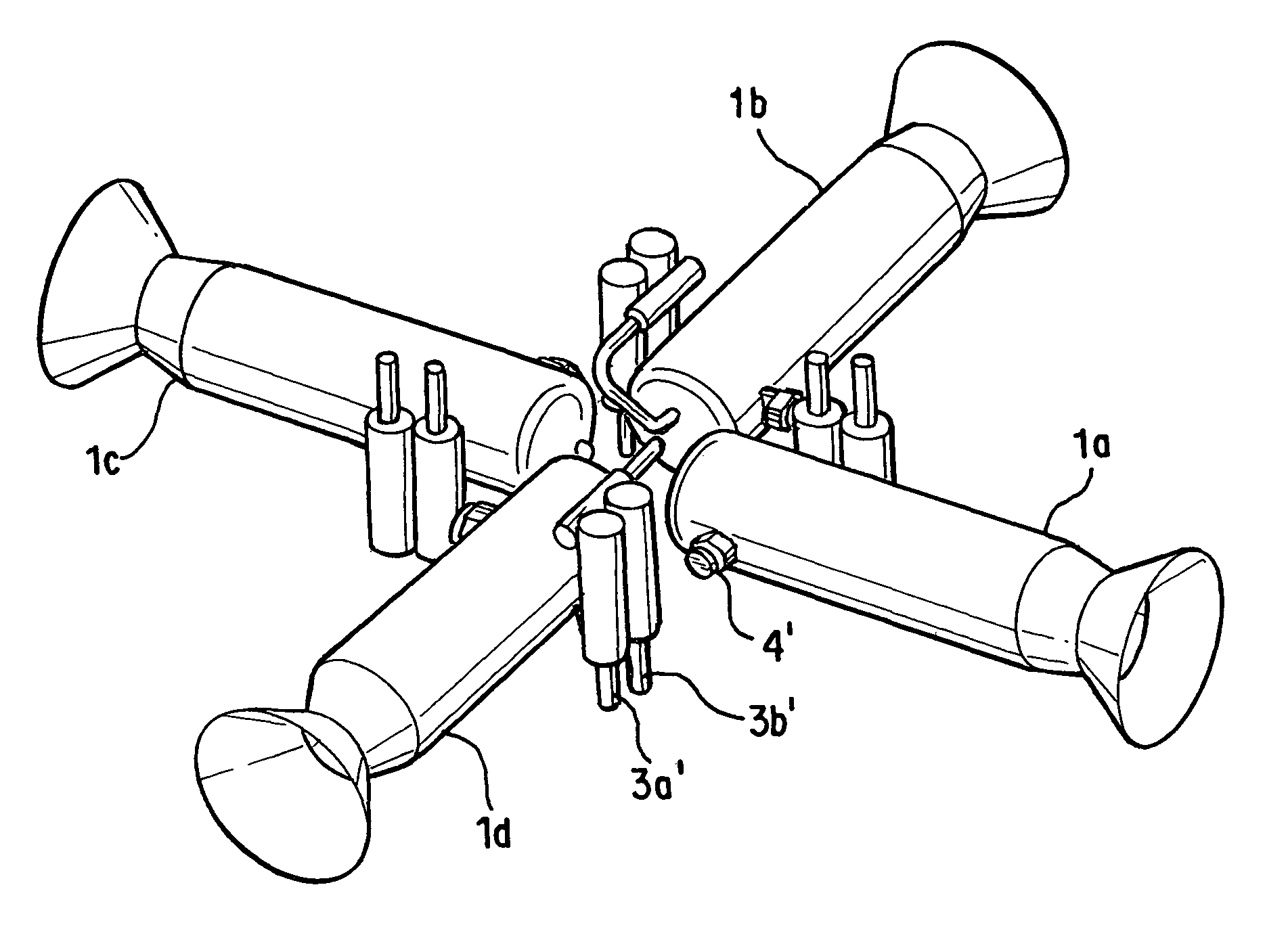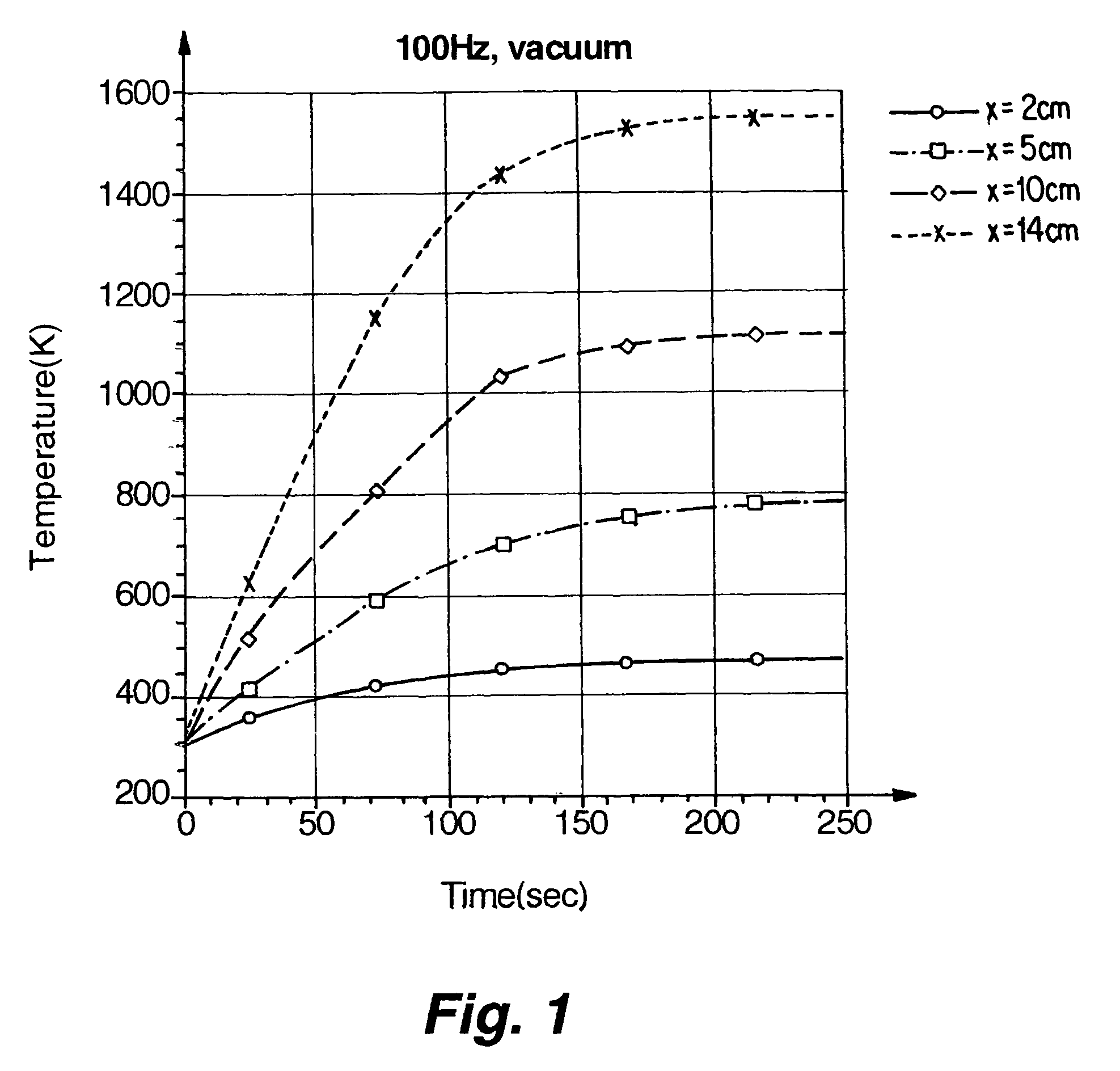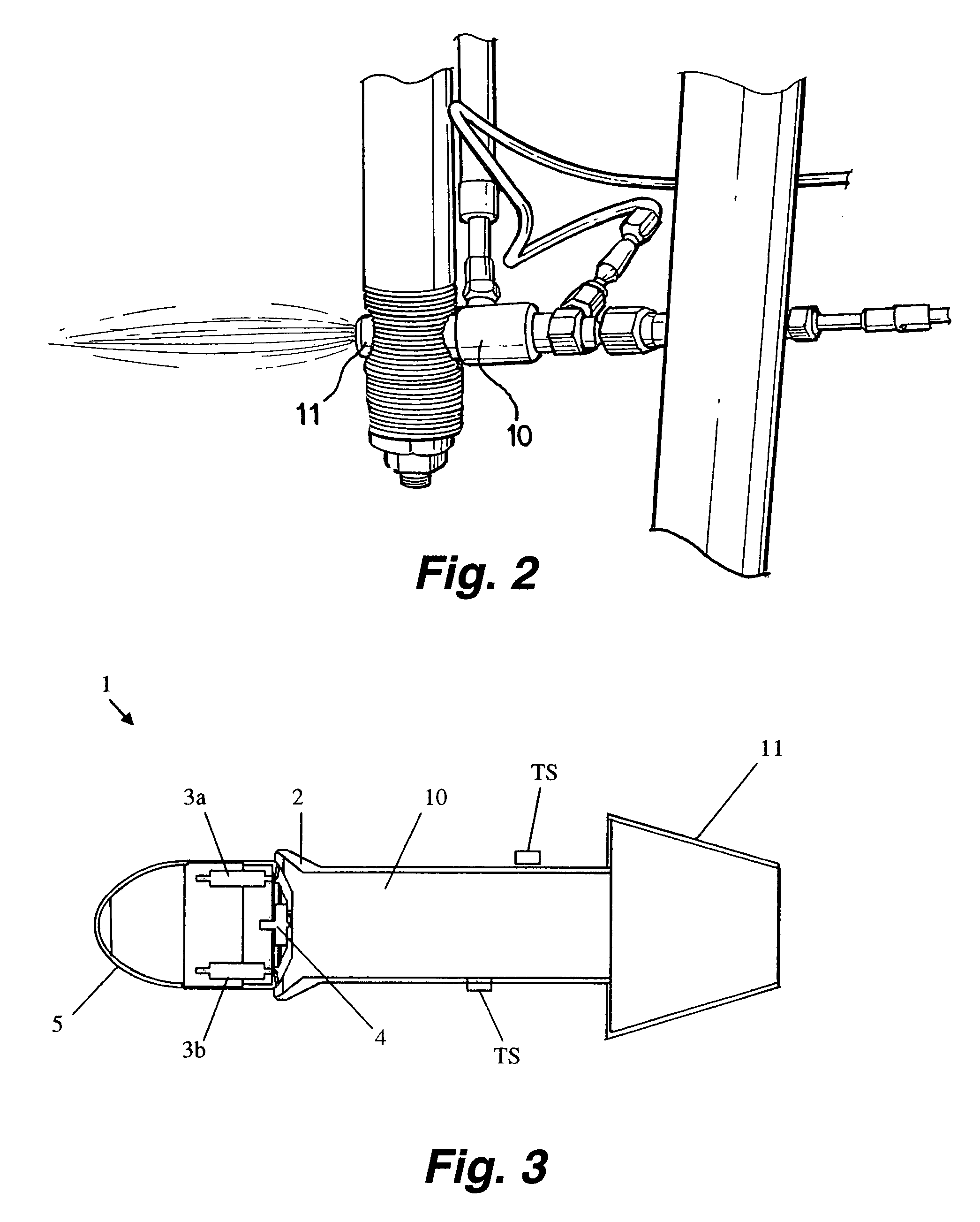Pulsed detonation engines manufactured from materials having low thermal stability
a technology of thermal stability and pulsating detonation engine, which is applied in the direction of marine propulsion, vessel construction, aircraft navigation control, etc., can solve the problems of high cost of thermal stability materials, increase in engine response time, and increase in the minimum thrust pulse duration and engine response time. , to achieve the effect of low thermal stability and easy motion correction
- Summary
- Abstract
- Description
- Claims
- Application Information
AI Technical Summary
Benefits of technology
Problems solved by technology
Method used
Image
Examples
Embodiment Construction
[0015]The pulsed detonation engine (PDE) of the present invention operates by intermittent injection and detonation, thereby producing thrust without requiring that the engine volume be pre-heated prior to operation, as is required for operation of conventional rocket engines. The intermittent injection of the relatively low-temperature reactants cools the engine volume between detonations, leading to only a gradual temperature rise during engine operation. Because only short intervals of operation are needed for many applications, such as the use of reaction control system (RCS) engines for orbit control, the detonation chamber wall does not reach temperatures that lead to dimensional failure of the materials having low thermal stability.
[0016]Materials described herein as having “low thermal stability” refer to materials exhibiting good dimensional stability at low-to-moderate temperatures, but which exhibit melting, softening, decomposition, or other loss of dimensional stability...
PUM
 Login to View More
Login to View More Abstract
Description
Claims
Application Information
 Login to View More
Login to View More - R&D
- Intellectual Property
- Life Sciences
- Materials
- Tech Scout
- Unparalleled Data Quality
- Higher Quality Content
- 60% Fewer Hallucinations
Browse by: Latest US Patents, China's latest patents, Technical Efficacy Thesaurus, Application Domain, Technology Topic, Popular Technical Reports.
© 2025 PatSnap. All rights reserved.Legal|Privacy policy|Modern Slavery Act Transparency Statement|Sitemap|About US| Contact US: help@patsnap.com



